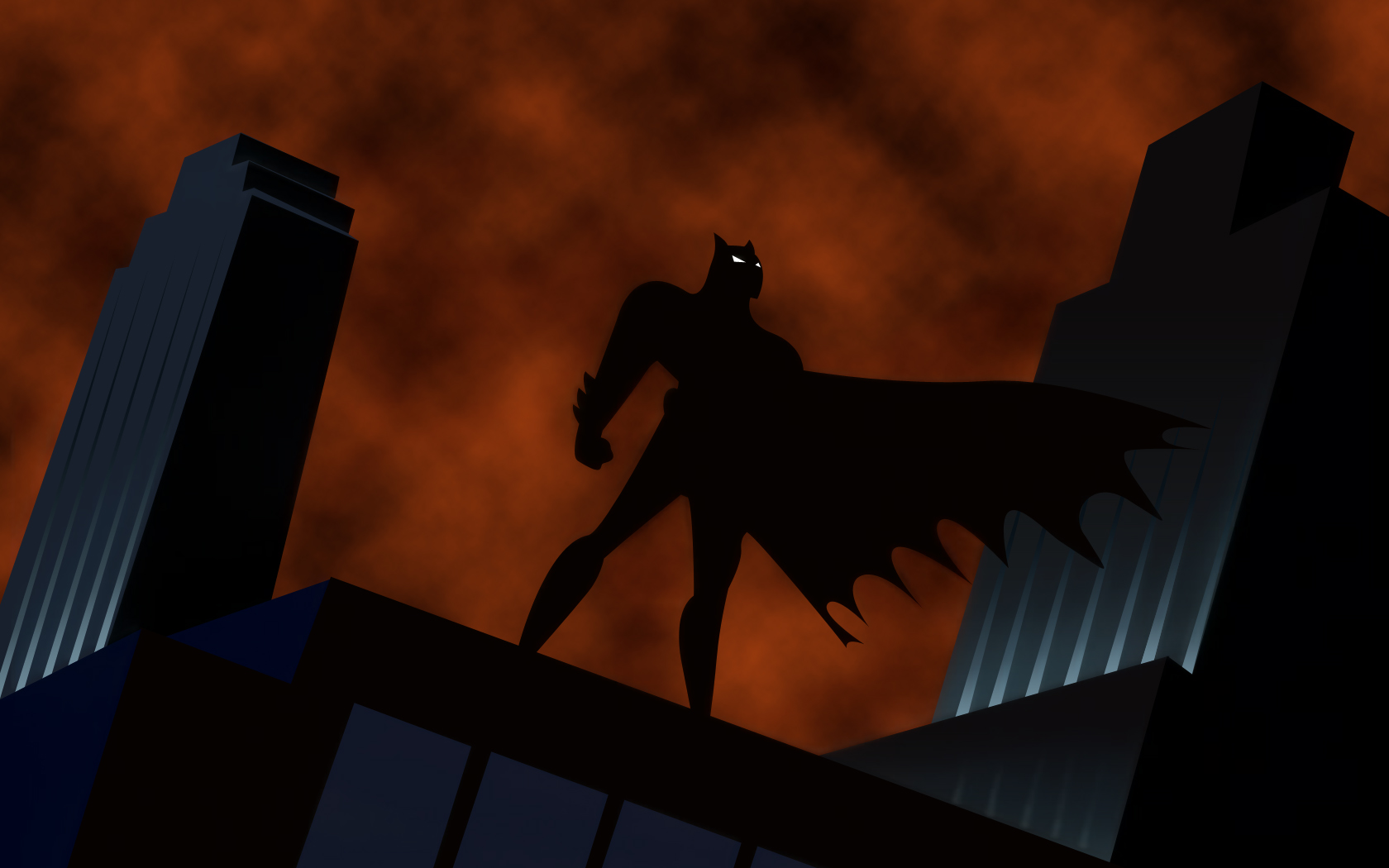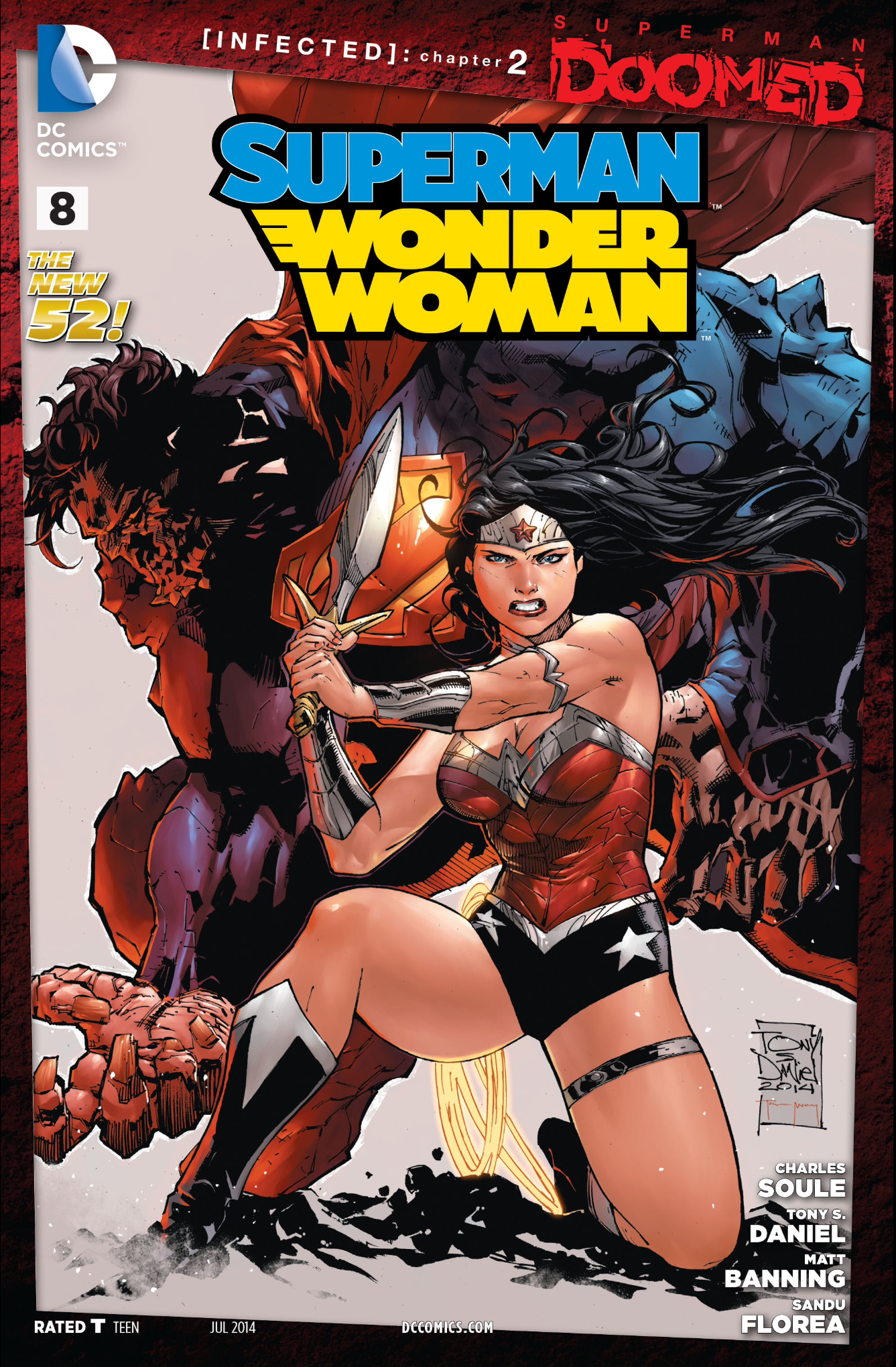 Heart of Ice
Heart of Ice
Directed by: Bruce Timm
Written by: Paul Dini
Original Air Date: September 7th 1992
Synopsis [from IMDB: Here]: Batman must stop a vengeful Mr. Freeze from fulfilling his vendetta against a callous businessman.
As one of the most acclaimed episodes of Batman The Animated Series, Heart of Ice comes with an exceptional reputation not only among Batman fans, but with both comic and animation audiences as well. Not only was this episode voted the ‘best episode of the series’ by Wizard Magazine in 2005, it also received an Emmy for ‘Outstanding Writing in an Animated Program’, something that helped propel the series in terms of popularity and even had a lasting influence on the DC Comics universe. Even without such pageantry, Heart of Ice not only stands out as one of best episodes in the series, it also appears as one of the best Batman stories of all time.

Perhaps what makes the episode truly standout is its prime focus on the character of Victor Fries, more commonly known as Mr. Freeze. To understand this, it is important to first look at the history of Mr. Freeze, a character who was originally named under the moniker Mr. Zero. Created in 1959, the character’s origin follows many late 1950’s super villains in utilising a Science fiction inspired backstory. Here, Zero appears as a scientist whose signature freeze gun accidentally causes him to be doused in cryogenic chemicals, forcing him to have to live in sub-zero temperatures thereafter (in the 1960s TV show, it was changed to Batman being the cause of his transformation). This would follow him into the 1960’s TV shows, where he was renamed Mr.Freeze and was played with a Germanic accent by several actors (George Sanders, Otto Preminger and Eli Wallach) throughout the show.
What becomes clear from all this, is that before Heart of Ice, Freeze appeared as a simple ‘gimmick’ villain. A ‘bad-guy-of-the-week’ with little to no characterisation. It is from this that we can understand the importance of Heart of Ice. Not only does the episode work as a great example of animation and storytelling, it also drastically reinvents a character that had long since been side-lined by mediocrity.

Here, the character is given an brilliantly iconic design by Hellboy creator Mike Mingola, with many of the elements, such as the robotic enhancements and red glasses, each becoming key traits that are now integral to the character’s makeup – appearing in both the recent Scott Snyder/Greg Capullo run, but also in the Arkham Asylum video games as well.
Not only this, in the hands of Paul Dini, a writer of whose quality as a Batman storyteller is immeasurable, Freeze is transformed into a tragic character. Playing with the mad-scientist trope, Victor Fries appears a scientist whose experiments to save his afflicted wife are interrupted by his corrupt boss Ferris Boyle, which in turn leads to him being doused in the very chemicals he was using to save her. This transformation from generic bad guy to sympathetic scientist, stands at the heart of this episode’s brilliance. In a kind of Jekyll and Hyde transformation, the sympathetic but brilliant Victor Fries is turned into a cold, emotionless villain. Such a change is brilliantly executed by the voice acting of Michael Ansara, whose formal tones are underlined with incredible malice. One line that particularly stands out is as follows:
‘Think of it, Batman. To never again walk on a summer’s day with a hot wind in your face, and a warm hand to hold. Oh, yes. I’d kill for that.’
With this line, we get all the elements of Dini’s reinterpretation of Freeze in one efficient sitting. All the pathos, sympathy and cold, calculating malice, delivered expertly by Ansara’s meticulous delivery. It is an effect that creates ambiguity within the audience. We want Freeze to gain his vengeance, but at the same time, what he does and the lack of empathy he shows to others, leaves the audience conflicted as to their true feelings towards him.
Yet although the presentation of Mr Freeze is perhaps central to this episode, it is not the only exceptional aspect of the episode. Personally directed by Bruce Timm, the animation within the episode stands among the best to date, full of the series’s trademark dark-deco design, as well as fantastic, air-sprayed colours. The episode also makes use of a flowing, dynamic animation style, innovative set pieces and iconic imagery. From Freeze using a fire hydrant to enter a building, to the simple image of Freeze sitting in his cell, holding the glass effigy of his wife, all are done to an exceptional degree, with a real sense of detail and tone to each.

While Freeze might stand as the most notable villain within the episode, he is perhaps not the true villain. That accolade goes to Ferris Boyle, a corrupt industrialist who covers up Freeze’s accident due to his own part in it. Voiced by Mark Hamill, the character acts as Hamill’s first role in the series prior to being cast as the Joker following Tim Curry’s dismissal.
Of course, all of this is without mentioning the role of the caped crusader within proceedings. Through the character’s detective work, Batman acts as the window by which we understand Freeze’s fate; finding the security footage that incriminates Boyle and details (albeit somewhat clumsily) the accident. Not only this, Kevin Conroy continues to play the character with a subtle degree of warmth and humanity, not normally found within modern interpretations of the character, through both his great interplay with Alfred (added bonus for the Chicken Soup plot device), but also in his attempts to appeal for Freeze to stop his quest for vengeance.
All in all, Heart of Ice does not disappoint nor appear as a over-rated episode of the series. With lean storytelling, incredible characterisation and some brilliant animation, Heart of Ice has the bravery to contribute something to the larger universe, doing more in its 30-minute run-time than Batman & Robin was able to provide within 125 (despite borrowing heavily from Dini’s story). As one of the standout episodes that truly set the series at the pinnacle of superhero animation, Heart of Ice would go on to start a trend of the series heavily reinventing older, perhaps lesser villains into more contemporary and complex areas. Episodes like The Clock King, Fire from Olympus and The Terrible Trio, all follow the template set by Heart of Ice with varying degrees of success, whilst never quite reaching the same heights.
I honestly can’t recommend this episode highly enough. If you haven’t already seen it, you should. And if you’ve seen it before, maybe now is the time to watch it again.











